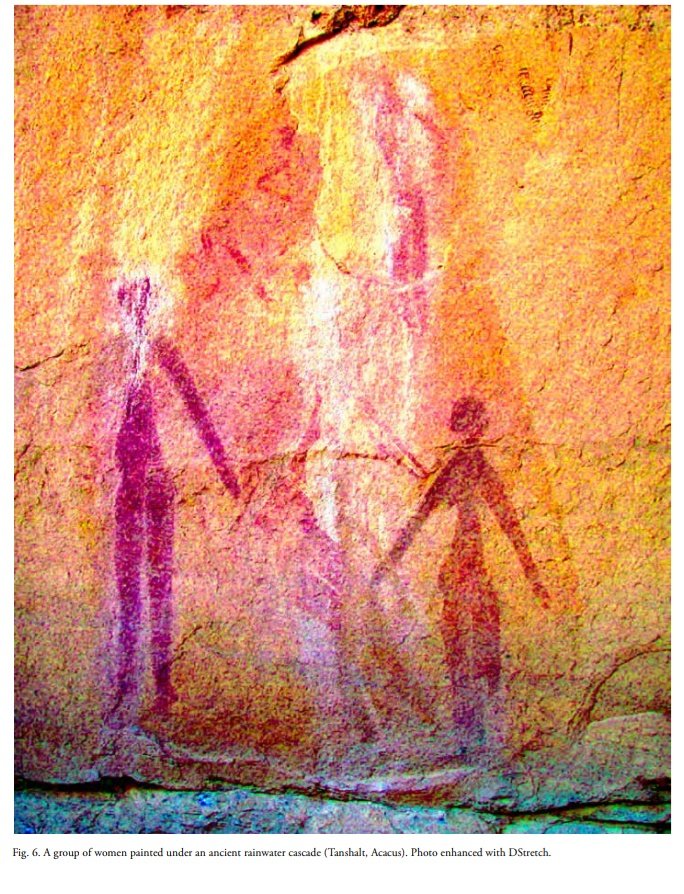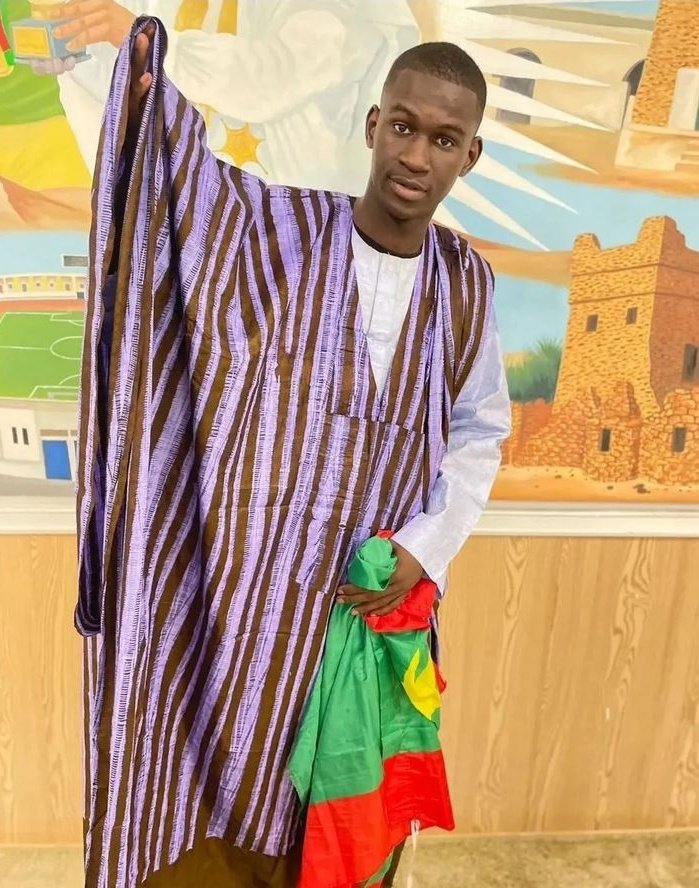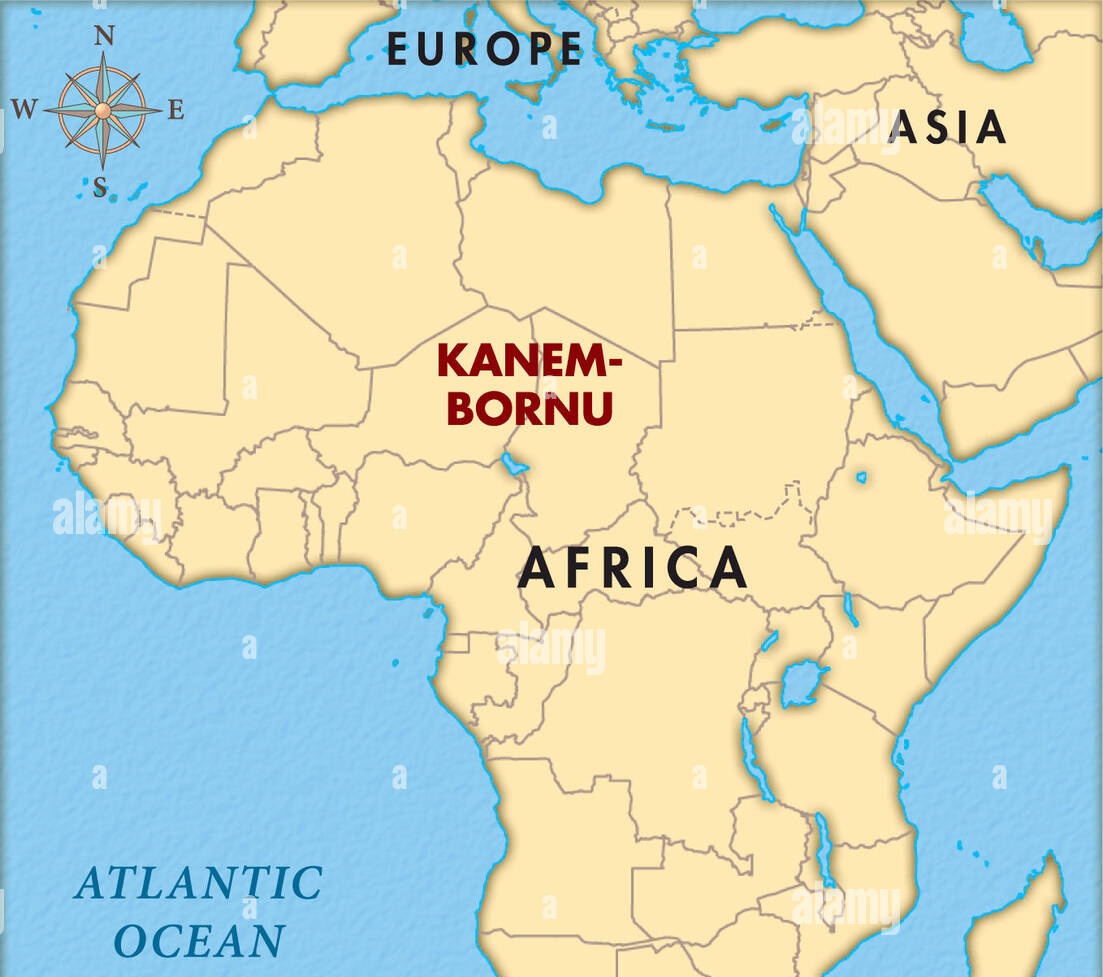
How to get URL link on X (Twitter) App


 "Some very early iron dates include 1895–1370 BCE at Tchire Ouma 147 in the Termit Massif region of Niger; 2631–2458 BCE at Lejja in Nsukka region, Nigeria"
"Some very early iron dates include 1895–1370 BCE at Tchire Ouma 147 in the Termit Massif region of Niger; 2631–2458 BCE at Lejja in Nsukka region, Nigeria"

 Dr. Jitka Soukupova speaking of the stone architecture of the green Sahara
Dr. Jitka Soukupova speaking of the stone architecture of the green Sahara 

 "archaeological considerations place the period of creation and use of the Diy-gid-biy between the 13th and 16th centuries . AD."
"archaeological considerations place the period of creation and use of the Diy-gid-biy between the 13th and 16th centuries . AD." 
 "Al-Bakrî mentions the Gangara as a group of Blacks in the neighborhood of the Senhaja town of Banklabîn.........Gangara, or Guangara, on the other hand, corresponds phonetically better to our group, whom al-Bakrî characterizes as black non-Muslims"
"Al-Bakrî mentions the Gangara as a group of Blacks in the neighborhood of the Senhaja town of Banklabîn.........Gangara, or Guangara, on the other hand, corresponds phonetically better to our group, whom al-Bakrî characterizes as black non-Muslims"


 Female hunters in round head rock art from the green Sahara :
Female hunters in round head rock art from the green Sahara :


 "presence of individuals with features that are typically Sub-Saharan alongside individuals with features more typical of the overall al-Ajal sample is an interesting reflection on the possibilities of Garamantian social structures"
"presence of individuals with features that are typically Sub-Saharan alongside individuals with features more typical of the overall al-Ajal sample is an interesting reflection on the possibilities of Garamantian social structures"



 "Neolithic sites there are attributed by the present nomadic population of the country to the Gangara, who were probably ancestors of the Soninke. Indeed, Azer, a Soninke dialect, is still spoken in Walata, Nema, Tichitt, and even in Shingit"
"Neolithic sites there are attributed by the present nomadic population of the country to the Gangara, who were probably ancestors of the Soninke. Indeed, Azer, a Soninke dialect, is still spoken in Walata, Nema, Tichitt, and even in Shingit"



 "Southern Mauritania have revealed a wealth of rather spectacular stone masonry villages which were occupied by prehistoric cultivators.... It is argued that the inhabitants of these villages were Negro and very probably Soninke"
"Southern Mauritania have revealed a wealth of rather spectacular stone masonry villages which were occupied by prehistoric cultivators.... It is argued that the inhabitants of these villages were Negro and very probably Soninke"


https://twitter.com/AfricanWorldH/status/1546274227610869764

 Quote from: "Relation de la Jornada que El Rey Marruecos he hecho a la conquista del reyno de Gago" by an anonymous Spaniard, 1595
Quote from: "Relation de la Jornada que El Rey Marruecos he hecho a la conquista del reyno de Gago" by an anonymous Spaniard, 1595 

 "knowledge of surgery....Possessing no surgical implements, they operated clumsily but often successfully with their ordinary septic belt knives"
"knowledge of surgery....Possessing no surgical implements, they operated clumsily but often successfully with their ordinary septic belt knives"

 "Ghana has something to say to us. It says to us first, that the oppressor never voluntarily gives freedom to the oppressed. You have to work for it"
"Ghana has something to say to us. It says to us first, that the oppressor never voluntarily gives freedom to the oppressed. You have to work for it"



 "Arranged around courtyards, the buildings are constructed of timber, bamboo and mud plaster and originally had thatched roofs. The unique decorative bas-reliefs that adorn the walls are bold and depict a wide variety of motifs" - UNESCO World Heritage Convention
"Arranged around courtyards, the buildings are constructed of timber, bamboo and mud plaster and originally had thatched roofs. The unique decorative bas-reliefs that adorn the walls are bold and depict a wide variety of motifs" - UNESCO World Heritage Convention 

 What's interesting is that though the Dutch helped the Africans in their fight, they never would completely remove the Portuguese. They would just relocate them, allowing them to continue trade in remote parts of Angola.
What's interesting is that though the Dutch helped the Africans in their fight, they never would completely remove the Portuguese. They would just relocate them, allowing them to continue trade in remote parts of Angola.


 "He also wanted to go to Brazil to attempt to free a Kongo nobleman who had been wrongly enslaved. Manuel demonstrated considerable diplomatic skills in successfully accomplishing this man's release from slavery" - Henry Louis Gates Jr.
"He also wanted to go to Brazil to attempt to free a Kongo nobleman who had been wrongly enslaved. Manuel demonstrated considerable diplomatic skills in successfully accomplishing this man's release from slavery" - Henry Louis Gates Jr. 

 Historical African kingdoms that we deemed to be of the "wrong faith" are dismissed. Despite lessons to be learned from them. African history is not perfect or flawless but we have to be open to a non biased reflection of it.
Historical African kingdoms that we deemed to be of the "wrong faith" are dismissed. Despite lessons to be learned from them. African history is not perfect or flawless but we have to be open to a non biased reflection of it.

 Pedro II Nkanga a Mvika began his political career in the Kongo as the "Duke of Mbamba". After the death of King Álvaro III in 1622, Pedro was made king, due to the fact that King Álvaro died young with no offspring.
Pedro II Nkanga a Mvika began his political career in the Kongo as the "Duke of Mbamba". After the death of King Álvaro III in 1622, Pedro was made king, due to the fact that King Álvaro died young with no offspring. 


 "Africa would have a fine modern army. Our enemy had trained us to protect him, and they had taught us the technique of this protection. He had taught us how to kill them when he wanted other Europeans killed, and we did it well" - Dr. John Henrik Clarke
"Africa would have a fine modern army. Our enemy had trained us to protect him, and they had taught us the technique of this protection. He had taught us how to kill them when he wanted other Europeans killed, and we did it well" - Dr. John Henrik Clarke 


 Dona Beatriz was born of Noble blood in 1684 AD, during a time when the Kongo was going through a civil war. She spent time studying to become a "nganga marinda", a person who could speak directly to the ancestors in the spiritual realm.
Dona Beatriz was born of Noble blood in 1684 AD, during a time when the Kongo was going through a civil war. She spent time studying to become a "nganga marinda", a person who could speak directly to the ancestors in the spiritual realm. 



 Often times the history of slavery in America is told from the perspective of obedient African slaves unlikely to rebel. However in 1739 enslaved central Africans led the stono rebellion in South Carolina, at least 25 European colonists were shot and killed.
Often times the history of slavery in America is told from the perspective of obedient African slaves unlikely to rebel. However in 1739 enslaved central Africans led the stono rebellion in South Carolina, at least 25 European colonists were shot and killed. 




 "Houses are built alongside the streets in good order, the one close to the other,” Adorned with gables and steps … they are usually broad with long galleries inside, especially so in the case of the houses of the nobility, and divided into many rooms" - Olfert Dapper, 1668 AD
"Houses are built alongside the streets in good order, the one close to the other,” Adorned with gables and steps … they are usually broad with long galleries inside, especially so in the case of the houses of the nobility, and divided into many rooms" - Olfert Dapper, 1668 AD 
